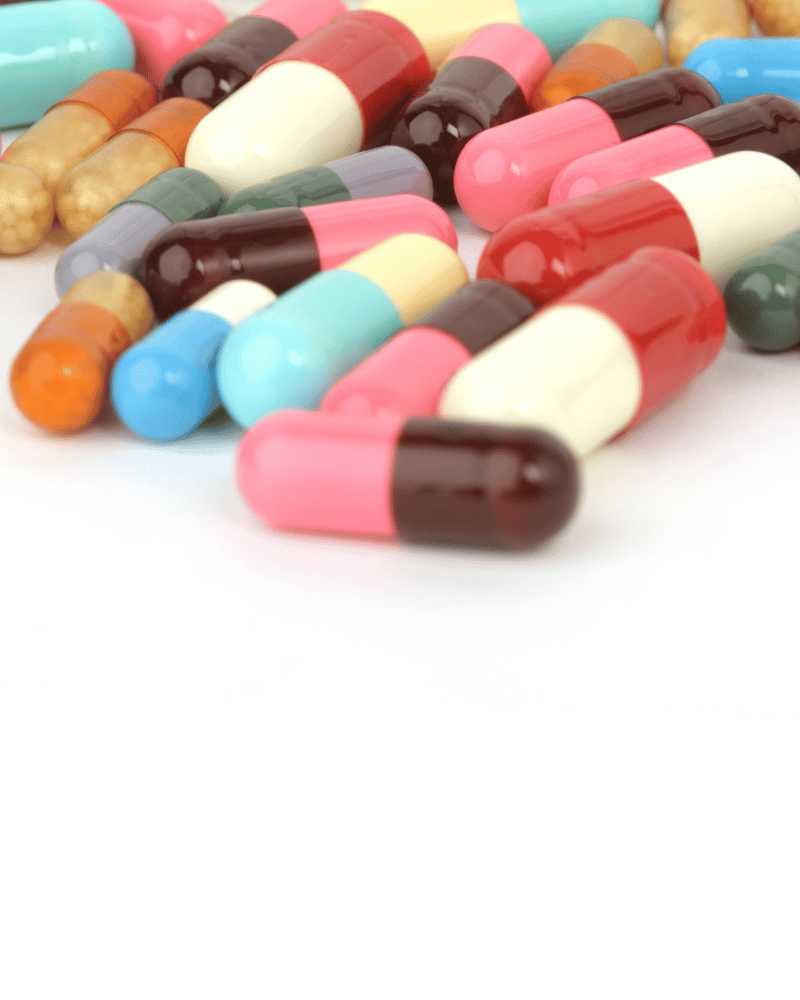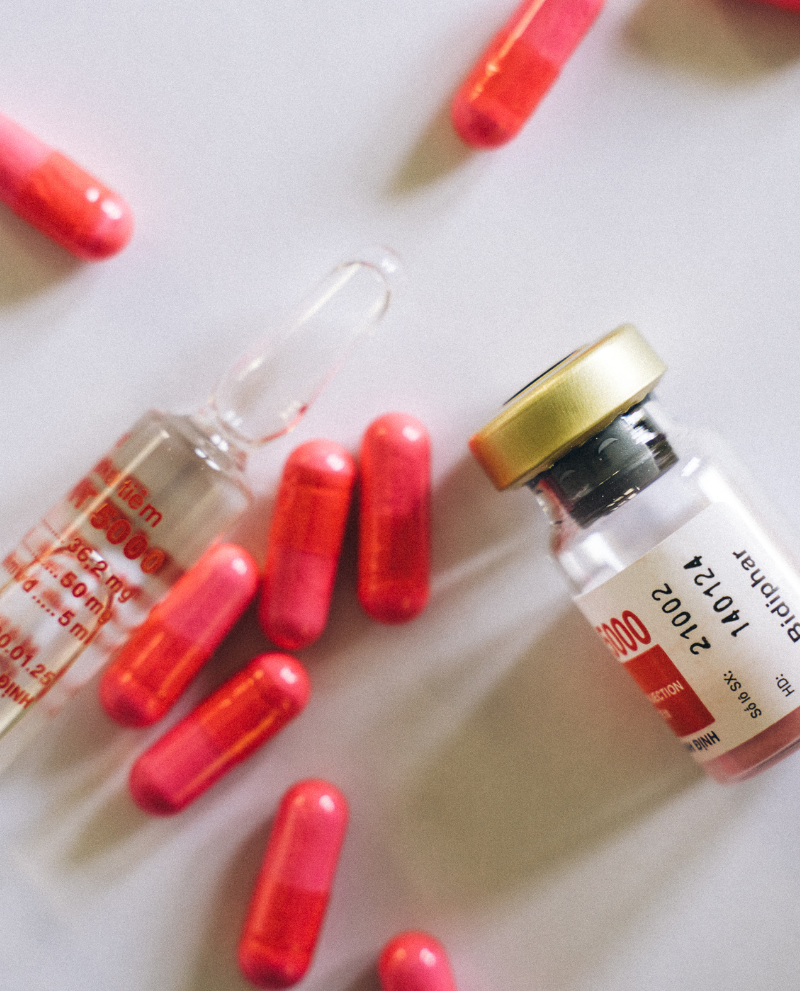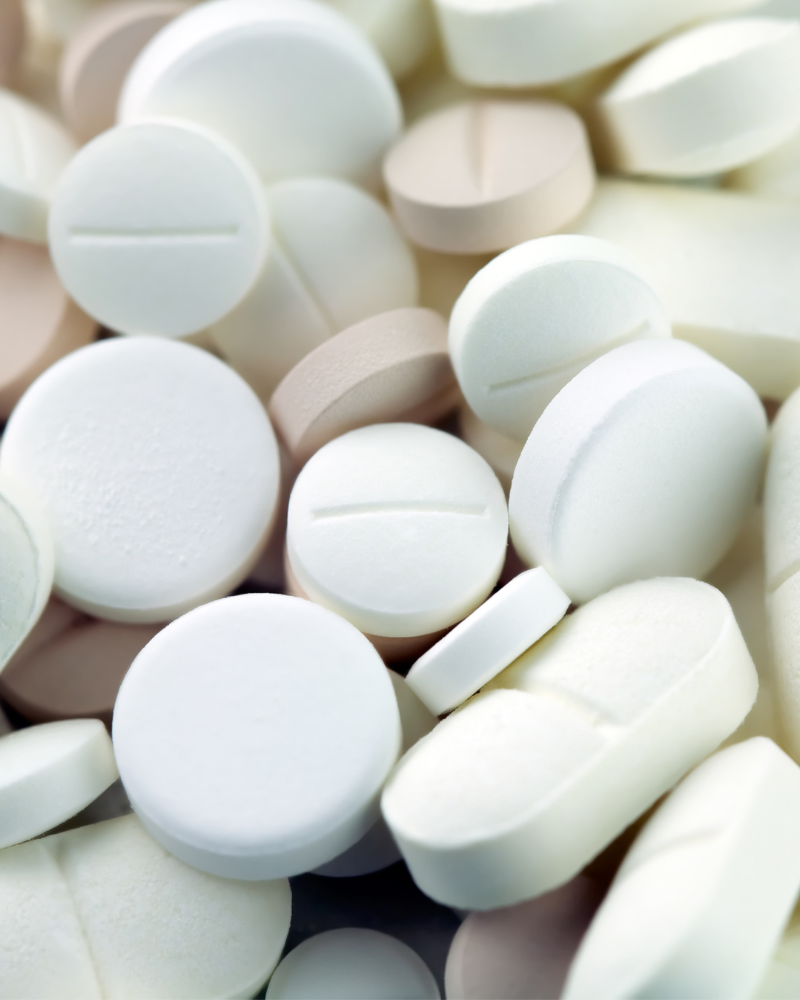Tilidine withdrawal: what you should know
Tilidine withdrawal is a crucial step on the way out of addiction. Tilidine is a powerful painkiller that can lead to physical and psychological dependence with prolonged and regular use. Withdrawal can be challenging, but it is not insurmountable. With good preparation, the right mindset and, above all, professional support, successful withdrawal is possible. In this article, we would like to provide you with comprehensive information about withdrawing from tilidine and give you helpful tips to better manage this process.
Tilidine withdrawal duration: How long does it take?
The duration of tilidine withdrawal varies from person to person. It depends largely on how long and in what dose tilidine was taken. In general, the first withdrawal symptoms begin 6 to 12 hours after the last dose. The acute symptoms of physical withdrawal can last up to a week, sometimes up to 10 days. However, physical withdrawal is only part of the process. The psychological dependence, i.e. the mental craving for the drug, can last for weeks or even months. Patience and perseverance are required above all, but it is worth fighting for a life without addiction.


Tilidine withdrawal duration: How long does it take?
The duration of tilidine withdrawal varies from person to person. It depends largely on how long and in what dose tilidine was taken. In general, the first withdrawal symptoms begin 6 to 12 hours after the last dose. The acute symptoms of physical withdrawal can last up to a week, sometimes up to 10 days. However, physical withdrawal is only part of the process. The psychological dependence, i.e. the mental craving for the drug, can last for weeks or even months. Patience and perseverance are required above all, but it is worth fighting for a life without addiction.
Tilidine withdrawal symptoms: What to expect
Various symptoms occur during withdrawal, which can be very unpleasant for many of those affected. These symptoms result from the fact that the body has become accustomed to the constant supply of the active ingredient and now has to manage without it. Typical withdrawal symptoms include
-Inner restlessness and nervousness
-sweating and trembling
-Muscle pain and cramps
- Nausea, vomiting and stomach problems
-Mood swings, irritability and depressive moods
It is important to know that these symptoms are temporary. Your body is adjusting to functioning again without the medication. The better prepared you are, the easier it will be to get through this phase.
Easing tilidine withdrawal: What can help?
There are various methods and strategies that can help to make withdrawal a little more pleasant. One of the most important measures is medical support. A doctor can not only help you plan your withdrawal, but can also provide you with helpful medication or tips. In addition, a gradual, slow reduction in the dose of tilidine can make withdrawal much easier, as the body can gradually become accustomed to the lower intake of active ingredients. There are also medications that can alleviate withdrawal symptoms. However, natural aids such as relaxation exercises, warm baths and a healthy diet also help to support the body.

Tilidine cold turkey: duration and symptoms
Cold turkey withdrawal means that tilidine is completely discontinued from one day to the next. This form of withdrawal is particularly hard, as the symptoms are often more intense and more difficult to control. For this reason, cold turkey should only be carried out under medical supervision. The duration of cold turkey withdrawal is roughly comparable to that of slow withdrawal, with acute symptoms lasting around 7 to 10 days. However, the first 3 to 4 days are usually the hardest. During this time, strong physical reactions such as cramps, tremors and extreme restlessness can occur. Good preparation and a clear plan can help you get through this phase.
Tilidine withdrawal experiences: What those affected report
Testimonials from other sufferers can provide valuable support on the path through withdrawal. Many people who have successfully overcome withdrawal emphasize the importance of support from friends and family. In difficult moments, these people can be an important source of support. Many also report that the prospect of a freer, more self-determined life motivated them to persevere through withdrawal. Of course, it is normal to go through phases of despair during withdrawal. But it is important to know that this phase will pass and that a life without addiction awaits afterwards.






